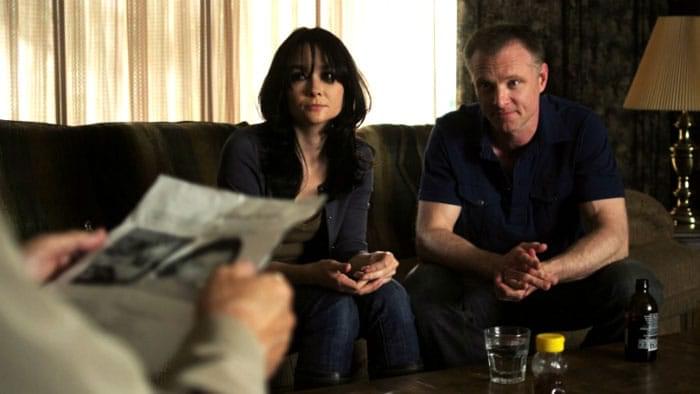
Any art form, unless a particular artistic style can remain relevant, has great difficulty remaining alive, or at least active. This is particularly true of movie genres. Too often a trend will be run into the ground. Unless some artist(s) possesses the vision to change it and the power to make it happen, a certain kind of film may not be seen again for decades, if ever. Westerns used to dominated the big screen. Overproduction through the 1950’s compounded with public awareness of historical inaccuracies in the movie’s detail (you know, maybe this continent’s original residents shouldn’t be vilified for occasionally standing up to European invaders) led to a need to complicate what had been an uncomplicated world. Filmmakers such as Sergio Leone, Sam Peckinpah, and Clint Eastwood led the way for the continued survival of the genre (okay, at least for a while).
Now no class of movies has reeked of death over the years than the live-action musical. For the most part, the last days of glory for the form were during the mid-1960’s when Julie Andrew’s had her two biggest hits, “Mary Poppins” (1964) and “The Sound of Music” (1965). Anything sine 1970 that wasn’t DOA has usually been a one-time aberration. “Willy Wonka and the Chocolate Factory” bombed upon release and was criticized as too mean-spirited. “Godspell” and “Jesus Christ Superstar” completely saturated the market for musical messiahs. “Rocky Horror Picture Show” was and is a counter-cultural phenomenon unreproducible by even its original author. “Grease” is a right place/right-time accident of casting and camp. The sequel proves it was a fluke. For each of these films there were probably another dozen that fell off the face of the Earth following their release. What the hell happened?
Get the whole story in part two of NOT THE SAME OLD SONG-AND-DANCE: HOW THE MUSICAL CAME BACK TO THE MOVIES WITH A VENGEANCE>>>
